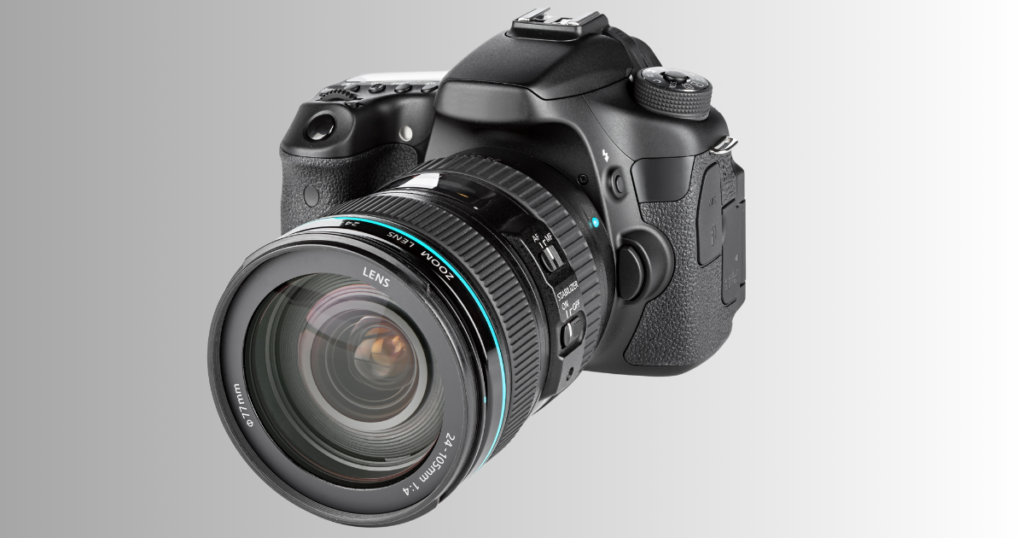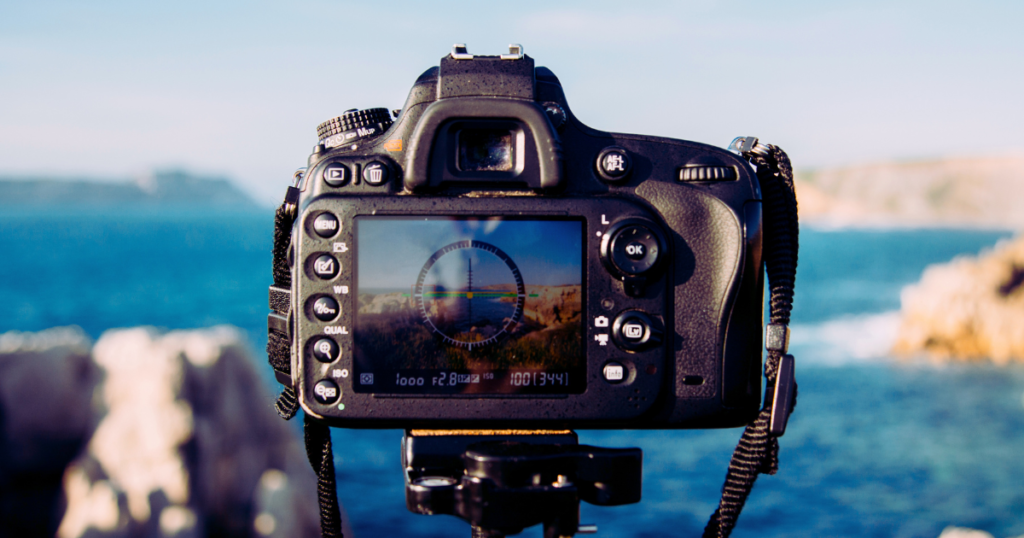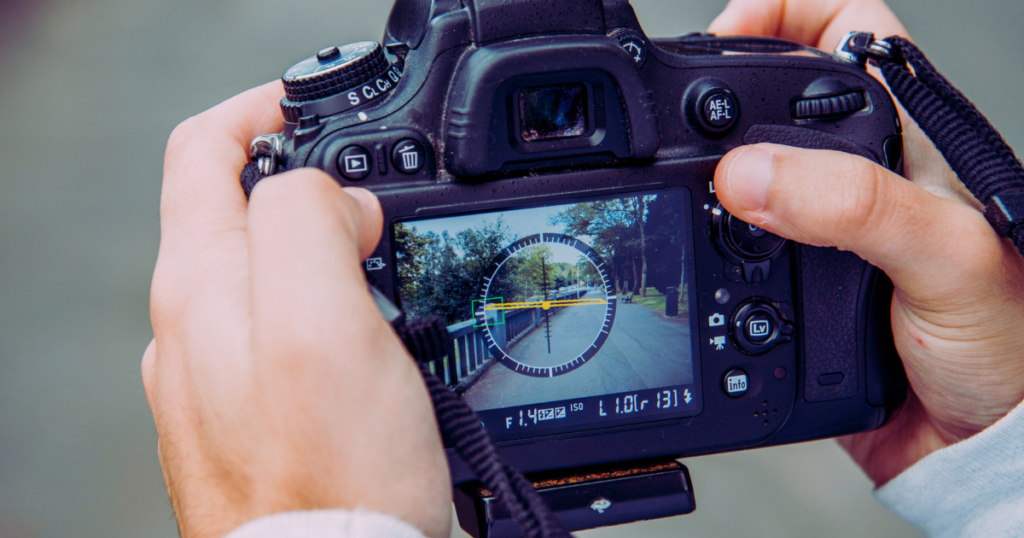I’ve had a passion for photography since I was a child, starting out with negative film cameras around the age of 8 or 9. Over the years, I’ve experimented with various tools, from mobile cameras like the Nokia 5233 and Nokia N8 to point-and-shoot cameras. Recently, I took the plunge and invested in a DSLR, the Nikon D3500. This decision was a result of extensive research and comparison over a period of 2-3 weeks. Now, after using the D3500 for a few months, I’m thrilled to share my personal experience with it in this review.

Nikon D3500 Review:
The Nikon D3500 presents an ideal starting point for beginners venturing into the realm of photography and creativity. Positioned as an excellent entry-level DSLR, it offers a balance between affordability and functionality, catering to both novice photographers and casual users alike. While mirrorless cameras are also worth considering, the Nikon D3500 stands out for encompassing all the essential features expected of a traditional DSLR. It’s a popular choice among experts for those aspiring to pursue photography professionally within a budget. Let’s delve into why the Nikon D3500 garners such widespread recommendation as the inaugural DSLR for budding photographers looking to hone their skills and creativity. Let’s get started without further delay.
Physical Construction and Durability:
When comparing it to its predecessor, the Nikon D3400, the Nikon D3500 boasts a slightly smaller and lighter body. The dimensions of the D3500 are 124*97*69.5 mm, while the D3400 measures 124*98*75.5 mm. Additionally, the D3500 weighs 415 grams including batteries, whereas the D3400 weighs 445 grams with batteries.
The design of the Nikon D3500 is sleek and ergonomic. The curved edge on one side enhances grip and stability, especially when using larger lenses. The top portion of the camera resembles the D3400 but bears similarities to the Nikon D5600, featuring a straight array of buttons and a mode dial with a Line View switch.
Button Provides Quick Access:
On the rear of the D3500, there have been notable changes, with the screen now positioned closer to the edge and the controls rearranged. The flash button is conveniently located to the left of the viewfinder, with an information button to the right. The absence of a customizable Fn button, as seen in the D3400, may be frustrating for some users, as is the lack of direct ISO control. However, the dedicated drive mode button remains, which is handy for burst-shooting and self-timer options.
Despite these minor drawbacks, the D3500 maintains an approachable design for beginners, with just the right number of exterior controls to avoid overwhelming novices. Nikon has reintroduced the Guide mode feature, which proves helpful for those new to photography, offering a simplified interface for capturing specific types of images. Additionally, the ‘i’ button provides quick access to explanations of camera functions.
Autofocus:
The autofocusing technology in the D3500 remains consistent with its predecessor, the D3400, and also the D3300. It utilizes the familiar 11-point Multi-CAM 1000 AF system, covering a satisfactory portion of the viewfinder in a diamond configuration. With a few more AF points compared to Canon’s EOS Rebel T7 (or EOS 2000D), the system is generally reliable for locking onto stable subjects, particularly when using the AF-P 18-55mm f/3.5-5.6G VR kit lens.

Lighting Conditions:
In optimal lighting conditions, focusing is quick and efficient, although it notably slows down in low light. In such situations, relying on the central AF point, with its enhanced cross-type sensitivity, can improve performance. However, the peripheral AF points may struggle to keep up, especially when tracking moving subjects across the frame. This limitation is a common drawback of entry-level DSLRs compared to pricier mirrorless alternatives, which often boast wider autofocus coverage.
For those who prefer using the rear display, Live View focusing is necessary on the D3500. While it allows focusing across the frame, the process is slower compared to mirrorless cameras, particularly due to the absence of a touchscreen display. Without touch functionality, users must navigate the screen using the dial, which can be cumbersome compared to the intuitive tap-to-focus feature found on touchscreen displays.
Enhanced Functionality:
The Nikon D3500, with its burst shooting speed of 5 frames per second, may not cater to individuals seeking high-speed action shots, unlike some competing mirrorless cameras like the Fujifilm X-T20. However, it surpasses the EOS Rebel T7 / 2000D with its 3fps capability. While it may suffice for capturing sports or fast-moving pets roughly, there are better options available in the market for such purposes.
In testing, the D3500 demonstrated reliable performance, consistently delivering well-exposed images across various scenes and effectively avoiding overexposure in low-light conditions. The presence of a dedicated exposure compensation button on the top plate, working seamlessly with the rear command dial, allows for quick and easy adjustments when necessary.
The Nikon D3500 Offers:
The viewfinder of the Nikon D3500 offers a clear and usable experience, providing a bright and accurately colored view. Despite its modest resolution compared to higher-priced competitors, the LCD display ensures clear image reviews and accurate scene reproduction, minimizing surprises when viewing images on larger screens like mobile phones or TVs.
The Nikon SnapBridge app simplifies the process of transferring photos to various devices, including mobile phones and laptops, making sharing and editing convenient. Additionally, the camera features Bluetooth 4.1, high-speed USB with a Micro-USB connector, and a Type C HDMI connector for enhanced connectivity options.
One outstanding feature of the D3500 is its impressive battery life. With the ability to capture up to 1,550 shots on a single charge, surpassing both Canon DSLRs in its price range and the typical battery life of entry-level mirrorless cameras, it stands out as a notable advantage.
Assessing Image Clarity:
The second trump card of the Nikon D3500 lies in its undisclosed feature, adding to its impressive arsenal alongside the remarkable 24.2MP sensor. This sensor, devoid of an optical low-pass filter, enables the camera to capture images with exceptional detail, rivaling even those from cameras priced much higher.
Furthermore, the D3500 boasts commendable Dynamic Range performance, allowing for significant underexposure (approximately 3-3.5 EV stops) while still retaining shadow detail without introducing image noise, which could otherwise compromise image quality.

Picture Quality
In terms of Picture Quality, Nikon offers a variety of Picture Control options, facilitating color and contrast adjustments to tailor images to individual preferences. These options include Standard, Vivid, Neutral, Monochrome, Portrait, Landscape, and Flat (optimized for video), each of which can be finely tuned in terms of contrast, saturation, brightness, and other parameters.
After investing in a camera cleaning kit to maintain the cleanliness of my camera and lenses and carrying it in my camera bag for the past two months, I highly recommend getting one for yourself. It’s crucial to keep your equipment free from day-to-day dirt and micro particles as they can potentially cause scratches on the lenses over time.
Conclusion of the Nikon D3500 Review:
The Nikon D3500 is undeniably an excellent camera for beginners or those new to photography. However, it does have some limitations in terms of functionality and performance. While a touch screen would have been a welcome addition, it’s important to consider that you’re getting the best value for your money within this price range. When comparing it to the Canon EOS Rebel T7 (known as the Rebel 2000D outside the USA), it’s not a straightforward decision. It’s advisable to try both cameras and evaluate which one suits your needs better, akin to tackling a challenging engineering exam question.
Having personally used the Nikon D3500 extensively over the past 2-3 months in various lighting conditions, as evidenced by my Instagram feed, I can confidently say that I’m impressed with its performance. Whether capturing the moon or the smallest insect in my garden, the camera has consistently delivered outstanding results without disappointing me. It has exceeded my expectations, and I thoroughly enjoyed using it. Therefore, if you’re in the market for a budget-friendly DSLR camera and feeling overwhelmed by the choices available, I highly recommend considering the Nikon D3500.
for more info click softglaze

Leave a Reply